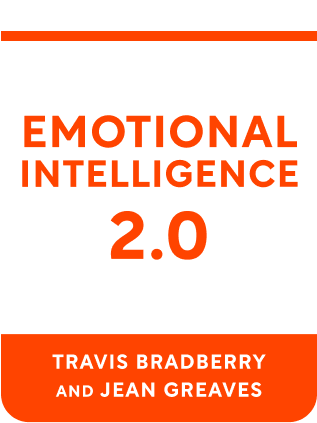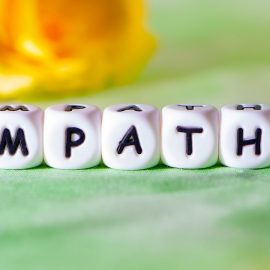

This article is an excerpt from the Shortform book guide to "Emotional Intelligence 2.0" by Travis Bradberry and Jean Greaves. Shortform has the world's best summaries and analyses of books you should be reading.
Like this article? Sign up for a free trial here .
What is the relationship between emotional intelligence and self-awareness? What do people with high emotional self-awareness do differently?
In Emotional Intelligence 2.0, self-awareness is defined as your ability to identify your emotions as they occur and recognize your tendencies during different scenarios. It is the first pillar of the emotional intelligence (EQ) construct.
Keep reading for more about emotional intelligence and self-awareness.
Emotional Intelligence & Self-Awareness
Self-awareness is your ability to identify and understand both your moment-to-moment emotions as well as tendencies that build up over time.
People with high levels of self-awareness:
- Notice patterns of behavior in specific situations
- Take time to decipher the reasons behind their emotional responses
- Know what they do well, and what they don’t
- Understand what motivates, angers, and upsets them
Tactics to Develop Self-Awareness
Tactic #1: Understand the physical effects of your emotions. Close your eyes and examine different physical factors such as your heartbeat, breath, and muscle tension. Then, recall a memory that elicits a strong emotional response. Notice the way your body changes based upon that emotion. Recognizing physical responses allows you to quickly identify your emotions in your day-to-day life.
Tactic #2: Find the reason behind your emotion. Emotions act as a guide, pointing out things in your psyche or surroundings that you may not recognize otherwise. Assess why you’re feeling what you’re feeling. This helps you resolve any problems or tensions that are causing unwanted feelings.
Tactic #3: Embrace discomfort. Avoiding painful feelings only creates a short-term solution and exacerbates problems further down the line. When an uncomfortable emotion emerges, dive into your feeling and work through it. Once you understand why you’re uncomfortable, you can handle the uncomfortable emotion more effectively.
Tactic #4: Don’t identify your emotions as “good” or “bad.” Emotions aren’t “good” or “bad.” Judging a feeling only puts more emotions (such as shame or pride) on top of that feeling. This keeps your original emotion from developing and muddies your current emotional state.
Tactic #5: Know your triggers. Everyone has people and behaviors that push their buttons. Knowing what triggers you allows you to strategize for those situations. Be specific when noting your triggers. Identify people, activities, and environments that irk you. Then, mentally prepare yourself for the situation.
Tactic #6: Be specific about the message you send to the world. The clothes you wear, your physical demeanor, and your facial expressions all send specific messages and usually reflect your internal emotions. Understand the message your demeanor and appearance sends. This will help you understand why people interact with you the way that they do.
Tactic #7: Invite feedback. When it comes to examining your behavior, you’re inherently biased. Reach out to other people to get a truly objective picture of yourself and the ways you respond to certain situations or people.

———End of Preview———
Like what you just read? Read the rest of the world's best book summary and analysis of Travis Bradberry and Jean Greaves's "Emotional Intelligence 2.0" at Shortform .
Here's what you'll find in our full Emotional Intelligence 2.0 summary :
- What emotional intelligence is and why it's essential for your workplace success
- The 4 reasons you need to work on your EQ
- How you can use EQ to better manage relationships






